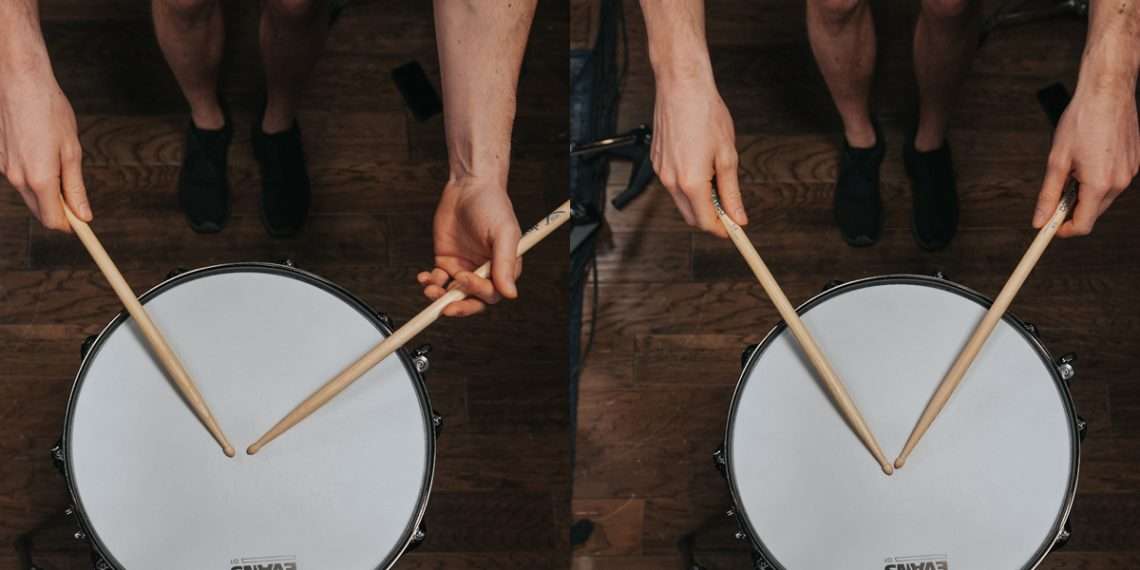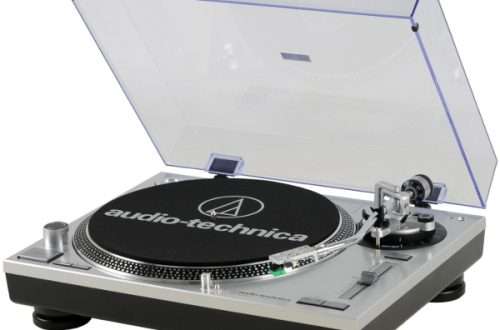
Percussion Grip – Traditional grip & Matched grip
What is a grip, how do you hold the sticks? What is snare drum technique and is it really that important? Why do some people hold their sticks with the traditional style, and others with the symmetrical style? Where did this division come from and what does it mean? I will answer these questions below!
Technique of the game
The snare drum technique is the basic knowledge of playing percussion instruments, be it a snare drum, xylophone, timpani or a kit. “It means the ability to use different instruments in a certain way …”, that is, in our case, to use certain skills in playing an instrument such as a drum kit. We are talking about the principle of the entire process that takes place during the game – the relationship between the arm, elbow, wrist, ending with the fingers of the hand. The drummer’s hand is a certain lever that controls the movement and rebound of the stick. By keeping it in the right place (center of gravity), it helps to bounce to a certain rhythm, with the right dynamics and articulation.
In many areas of life, be it sport, music or some other profession, without the appropriate technique it will not be possible to perform a given activity correctly and effectively. Only thorough knowledge and understanding of the existing ways of playing will allow us to play more freely and more professionally – not only from the technical side, but also from the sonic point of view.
Part of the snare drum technique includes such issues as grip, fulcrum, position and playing technique, and in today’s article we will deal with the first of them – the catch.
Grip
Currently, two types of grasping sticks are used – Traditional Grip oraz Matched Grip. The first one is a trick derived from military tradition. The marching drummers, with the help of specific rhythms played on the snare drum, signaled specific commands, but during the march the snare drum body bounced against the player’s legs, so it was hung on the belt turned slightly to the side. Thanks to this, the playing technique also had to change – the left hand was slightly raised, the stick between the thumb and forefinger, and between the third and fourth fingers. This asymmetrical grip was an effective solution that many drummers use to this day. Advantage? More control over the stick in less dynamics and when winning more technical fragments. Often used by jazz drummers who need a lot of control in low dynamics.
Another catch is symmetrical grip – sticks held in both hands identically as in a mirror image. It is important to keep your hands working evenly. This grip allows you to obtain a much stronger, more controlled impact. Used in symphonic music (timpani, xylophone, snare drum) and entertainment music, e.g. rock, fusion, funk, pop, etc.
The excellent American drummer Dennis Chambers in an interview published in his school “Serious Movies” was asked why within one piece he can change matched grip and traditional grip grips, treat them alternately? What is the reason for this ?:
Well, first of all, I started watching Tonny Williams closely – he was using the two tricks alternately. Later I noticed that by using a symmetrical grip I could generate more force on the strike, and when I went back to the traditional grip, the more technical things were easier to play, the game got more finesse.
Choosing one of the two holds will always be a big puzzle. However, it is worth considering a thorough understanding of both ways of playing, because often the use of one of them may be forced by a specific musical situation. This can be compared to a painter who has a brush of one size or only one color. It depends on us how many such brushes and colors to use while playing we will have, so deepening the knowledge about the ways of playing is a very important aspect (if not the most important) in the further development of the musician!





